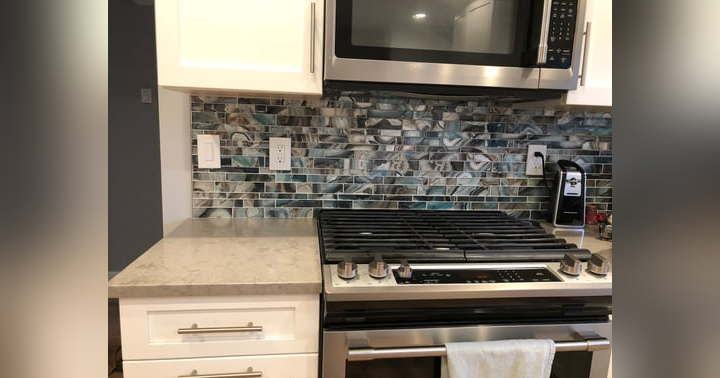Porcelain or Ceramic? How to Choose the Right Tile for Every Space

The age-old debate between porcelain and ceramic tiles continues to puzzle homeowners embarking on renovation projects. While both materials may seem similar at first glance, their differences significantly impact durability, applications, and overall performance in various home environments. As experts in the tile industry, we want to shed light on these differences to help you make informed decisions for your next home improvement project.
At their core, both porcelain and ceramic tiles are clay-based products, but the similarities largely end there. Porcelain utilizes finer, more refined materials including feldspar and quartz, and undergoes firing at substantially higher temperatures—typically between 1,200 to 1,400 degrees Celsius. This intense heat creates an extremely dense material with water absorption levels below 0.5%, making porcelain incredibly moisture-resistant. Ceramic tiles, on the other hand, are fired at lower temperatures ranging from 700 to 1,000 degrees Celsius, resulting in a more porous material with water absorption rates between 3% and 7%. This fundamental difference in porosity explains why porcelain generally outperforms ceramic in moisture-prone environments like bathrooms and kitchens.
The moisture resistance of porcelain directly correlates with its superior durability. Ceramic tiles, being softer, are more susceptible to chipping, especially in high-traffic areas. Porcelain's density and hardness make it exceptionally resistant to wear and tear, allowing it to withstand heavy foot traffic and even harsh outdoor conditions subject to freeze-thaw cycles. This durability difference becomes particularly important when considering long-term value—while porcelain typically costs more upfront (starting around $5 per square foot compared to ceramic's $2 per square foot entry point), its longevity often provides better value over time, especially in demanding environments. We've witnessed numerous instances where clients initially balked at porcelain's higher price tag, only to appreciate the investment years later when neighboring ceramic installations required replacement.
Beyond practical considerations, aesthetic possibilities vary between these materials. Modern manufacturing techniques have given porcelain remarkable versatility in mimicking natural materials. Today's porcelain tiles can convincingly replicate the appearance of stone, wood, concrete, and other premium surfaces with astonishing realism. These advanced printing techniques create visual depth and texture that was unimaginable just a decade ago. Ceramic tiles offer attractive designs as well, but generally feature more traditional aesthetics with less convincing natural material replications. For DIY enthusiasts, ceramic presents another advantage: it's significantly easier to cut and install than the denser porcelain, which requires specialized tools like wet saws and more technical expertise to work with properly.
When recommending tiles for specific spaces, we consider the environment's demands alongside aesthetic preferences. For kitchens, porcelain emerges as the optimal choice due to its resistance to spills, stains, and impacts from dropped cookware. While properly glazed ceramic can function adequately in kitchens, it lacks porcelain's "bulletproof" quality. Bathrooms present an even stronger case for porcelain, particularly in shower areas and flooring where constant moisture exposure occurs. Ceramic may work acceptably for bathroom wall applications where direct water contact is minimal, but floor applications risk premature deterioration. For living spaces with moderate traffic, ceramic offers a cost-effective solution without sacrificing much performance. However, outdoor applications almost exclusively favor porcelain due to its frost resistance and availability in slip-resistant finishes.
Commercial applications demonstrate porcelain's value proposition most clearly. We recently completed a lobby renovation where porcelain tiles mimicking high-end marble replaced deteriorating ceramic tiles. Despite initial cost concerns, the client now enjoys virtually maintenance-free flooring that maintains its elegant appearance despite heavy foot traffic. The project exemplifies our consultation philosophy: matching the right tile to each environment's specific needs rather than making blanket recommendations. Whether for residential or commercial applications, understanding the fundamental differences between porcelain and ceramic tiles allows for informed decisions that balance considerations of durability, aesthetics, and budget appropriately for each unique space.





